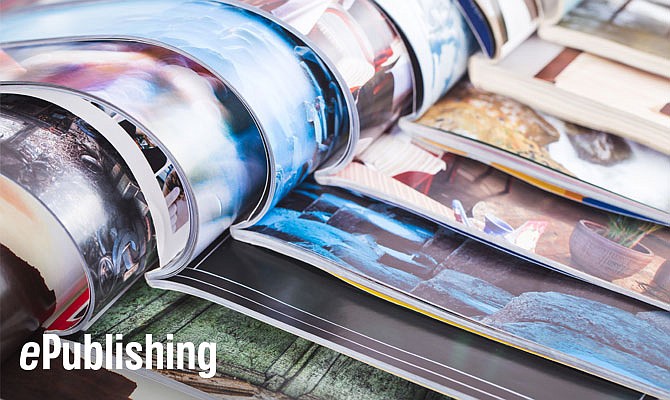
News
Increase Reader Engagement: Own the Span of Attention
January 19, 2012

News
January 19, 2012
The lovely inevitability of conducting business using SaaS content management and eCommerce is matched with another increasingly pertinent inevitability: the epidemic of distraction.
Numerous psychologists, behaviorists and scientists are studying the effect of current technology on the human brain and our culture, but it doesn’t require rocket science to see the changes first hand:
Friday nights used to involve a shared meal with a group of friends,Taboo and some engaging dialogue that involved eye contact and the occasional passionate outburst. Now, it’s more likely that your friends will bring Siri along and spend more time walking with her through the virtual hallways of their iPhones, than talking to you. Full sentences have become single syllables, while the wild blue light reflects in your guests’ eyes.
Okay, so maybe this is an extreme case, but it’s not uncommon. And there are new terms for it. Psychologies Magazine discusses a syndrome called Status Update Anxiety—specifically in relation to social media—but one could argue that it is not limited to those sites . . .
“I wonder if I’ve gotten a response to that email I sent 2 minutes ago . . .”
Add to the distraction factor the evidence that shows people are reading differently on your website. Most people scan and don’t read word for word. Yet, brief bulleted sentences or isolated ideas paired with credible high quality graphics and images tend to catch and hold their brief attention span.
How do you contend with these behaviors when your goal is to keep visitors engaged in your content? What’s more, how do you continue to generate engaging content when writers are finding themselves suffering from similar afflictions?
In the January/February issue of Poets and Writers, Frank Bures talks about the advantages that the Internet brings to a freelance writer, but recognizes also that he and many other writers have grappled with a subsequent loss of creative space and productivity. This development is debilitating to a writer when you consider that,
“A big part of being a successful writer is and has always been the ability to push everything else aside to do your work.”
As a publisher, it’s easy to get overwhelmed here with the idea that you not only have to find ways to fully engage a distracted audience, but you have to contend with the writers’ challenge to protect a space of inspiration and knowledge, so they can continue to create engaging, intelligent content.
Have faith that most writers will take care of themselves—Bures reveals that his colleagues who have succeeded in maintaining productivity have particular rules or practices that open a protected, creative space where they can focus and generate content.
So what about your readers? A University of Oregon study recently reported that New York Times subscribers who read the print edition retained more of what they read than their online counterparts. The reason for this, in theory, has to do with the ability of the print readers to focus and absorb content.
Bures’ covey of writers and that sampling of NYT readers provide you with a few basic rules of engagement. They’re simple really, and it should help guide your approach:
1) Find the space that transcends distraction and put your readers there.
But how?
2) It used to be that winning content was enough to accomplish this goal, but that was when we were dealing with simple formats. Content is STILL important, but pair it with a design approach that fosters focus and you will keep your readers with you.
Of course, design should incorporate:
But, what we’re talking about is putting your reader in an environment that holds their eyes and attention. When you think about design in 2012, be the reader. Take note of the information that engages you and stays with you. How did that happen? Then ask your readers the same question.
3) Get outside your comfort zone: you may be successful at publishing a newsletter with lengthy, authoritative articles. Think back to how readers are reading online though, and you may find the experience to be more like viewing a gallery than reading an essay. Try pairing short content pieces with associated images and voila, you’ve fit something engaging into a reader’s 30-second attention span. You’ll be surprised how much substance you can deliver, not to mention offering an opportunity for readers to interact as they comment and share.
Complex ideas and technologies are presented in a series of meaningful morsels, each with a distinct flavor that is easily digested. Readers can focus on it, one bite at a time. Pretty soon, they’ve eaten a whole meal and they’ll be able to describe it from appetizer to dessert. Then they’ll want more.